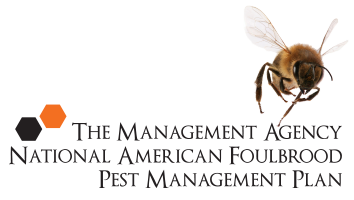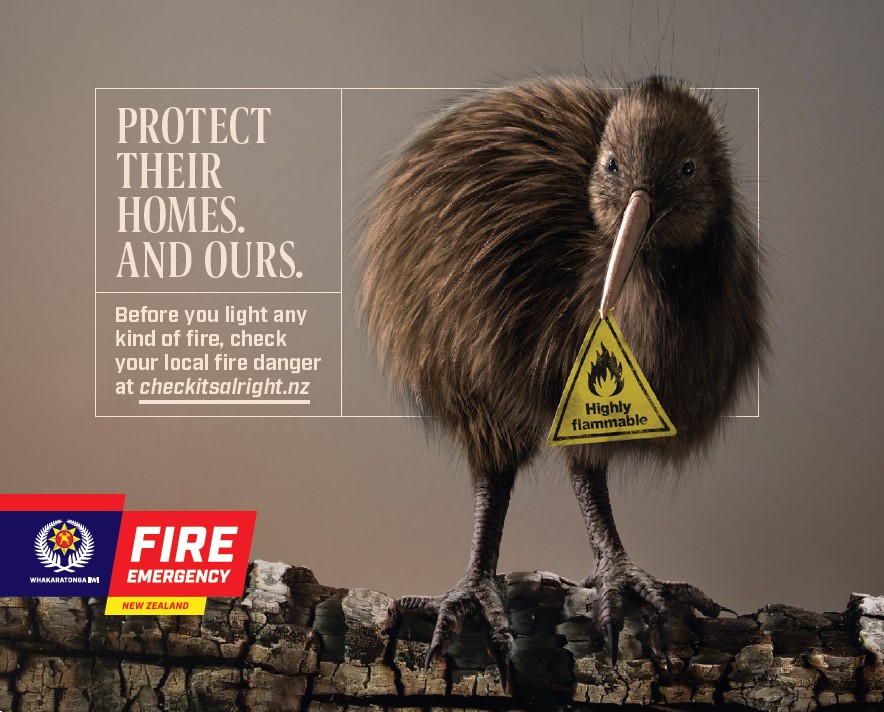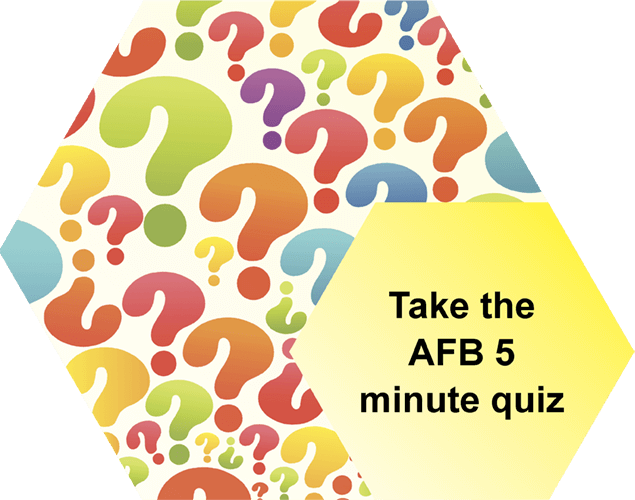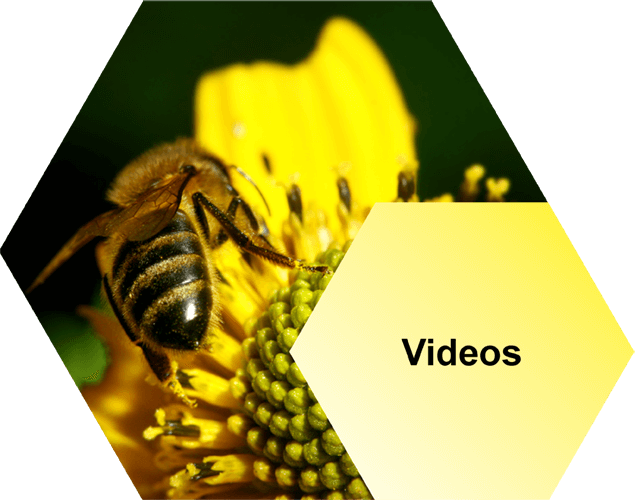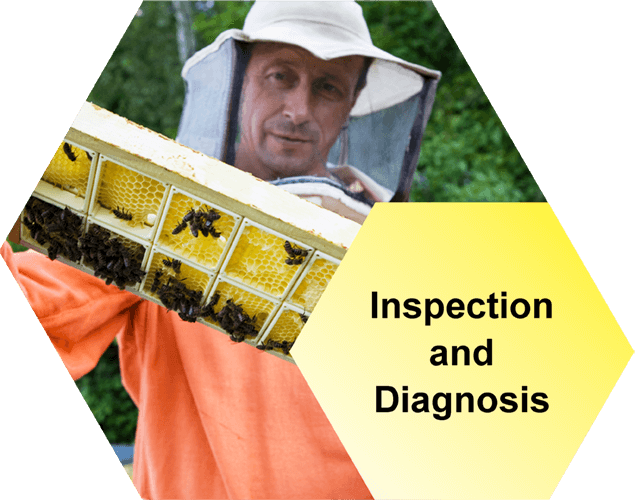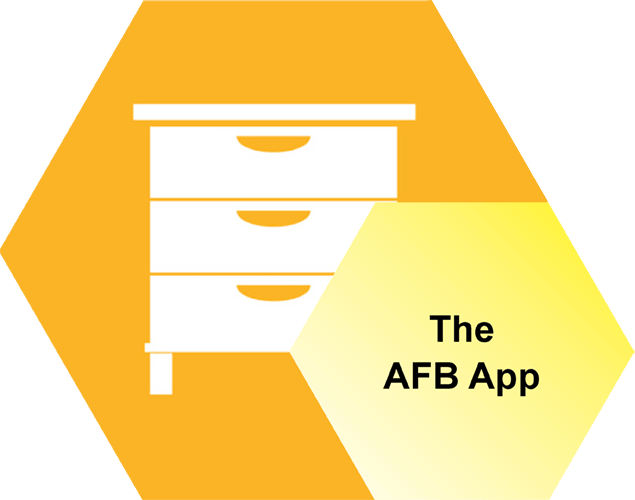Burning AFB colonies
Legal obligations
Legally, AFB colonies should be killed and burnt, within seven days of being found. They should be burnt at the apiary. However, it is not possible to burn hives at some apiary sites and in some seasons, because of fire restrictions. For this reason, it is possible to get permission from the AFB Management Agency to store infected hives until they can be safely burnt. This is sometimes specified in a beekeeper’s DECA.
It is important that the contents of hives are destroyed as soon as possible as they are a significant source of cross-infection. Some beekeepers are not good at burning hives within the specified time.
Beehives with AFB should be killed and burnt as quickly as possible.
Fire Ban Recommendations during the summer
If you need to burn an AFB infected hive in the summer but your area has a complete fire ban, we recommend you check the fire permit status for your particular area at www.checkitsalright.nz and request a fire permit. You may like to approach your local fire station for advice also.
Procedure for burning AFB hives
Before burning the AFB hive, a hole should be dug. The hole will contain the fire, and will also ensure that any infected material not completely destroyed by burning will be buried so that foraging bees will not find it.
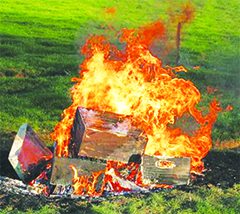
Care should be taken to choose an appropriate site for the hole. The site should be far enough away from healthy hives and fences or buildings to avoid accidents, since beehives burn very vigorously and flames can reach 2-3 times the height of the stack (Fig. 58). Windy conditions should also be avoided and especially swirling winds around sheltered apiaries. It is also very important to clear the surrounding area of any combustible material, since the fire, once underway, will become very intense.
The hole should be about one metre in diameter (or larger if there are several hives to be burned), and at least 300mm deep (spade depth). The bottom should slope to provide a sump for unburnt, infected honey so that it doesn’t choke the fire.
The diseased hive should then be carried to a position near the hole (about three metres), but far enough away so that the hive does not ignite once the fire gets under way. Care should be taken to avoid dropping dead bees or honey on the ground. If practical, the complete hive should be carried into position. Otherwise, individual boxes can be brought to the site one by one in the upturned lid.
Safety precautions
It is also very important to take safety precautions just in case the fire begins to get out of hand. A fire extinguisher is recommended, and a shovel and water should always be within easy reach. A fire permit should also be obtained if this is required by local authorities.
To start the fire, it is best to use rolled up newspaper and a few dried twigs to create a small blaze. Once this is under way, two frames should be chosen that are relatively free of honey. These are propped up against each other in an A-frame over the blaze. The fire will begin to melt and then ignite the beeswax in the frames, and the flames and heat will intensify. The fire can then be fed several frames at a time, taking care to ensure that the fire does not become too intense.
It is important not to put whole boxes of frames onto the fire. If the frames are still soaked with petrol, an explosion can occur, with the potential to cause both injury and accidental fires. Petrol should never be used to accelerate the fire.
Using a petrol trail
If, for whatever reason, petrol-soaked material must be ignited, a petrol trail should be made leading about two metres from the hole containing the material. A screwed-up piece of newspaper should then be lit and placed at the end of the petrol trail. Petrol-soaked material in a hole should never be lit directly, since if the operator is leaning over the material, the petrol vapour trapped in the hole will create an explosion that could lead to serious injury.
Dealing with frames of honey
Frames with honey should not be put onto the fire all at once, and should be put around the edge of the fire rather than on top of it. Full frames of honey can sometimes douse the flames. As well, the honey may not completely burn unless there is sufficient other material to fuel the fire.
Lids and floorboards can be angled into the pile on the edge of the hole. A wind tunnel should be left to assist burning.
It is very important to supervise the fire as long as it continues to burn. This may take two hours or more. When the fire has burned down to embers, the remains should be fully covered with all the soil removed from the hole and the grass sod replaced (if appropriate).
Avoid your own close call
There have been many close shaves with people burning petrol-soaked hives. In one, the beekeeper learnt that petrol fumes can travel a long way. The beekeeper had 25 AFB hives on his truck that he had killed with petrol. He backed the truck to within four metres of the fire pit, put five hives in it, and lit them. When he turned to get the next hives off the truck, to his horror he saw that they were already burning. Luckily the truck was saved.
In another example a group of beekeepers learnt the hard way that petrol vapours are heavier than air. They had over 100 hives to burn. They got a digger to dig a deep hole, then spent the day killing hives with petrol and dropping them in the hole. By the evening they had finished, laid a petrol trail to the hives and pit, and lit it. What they didn’t realise was that by this time petrol fumes had completely filled the pit. The resulting explosion was heard kilometres away and burning AFB frames were thrown hundreds of metres. Luckily nobody was hurt.
Be very careful when applying a flame to petrol-soaked hives.
Take the AFB 5 minute quiz
How well do you know what you need to know about AFB and beekeeping? Take our short quiz and find out.
Videos
Our videos cover everything from your legal obligations to how to recognise AFB, collecting cell and bee samples and more.
Symptoms
There’s a lot of good information here, telling you everything you need to know about recognising AFB: the visual symptoms, smell of AFB and more.
Inspection and Diagnosis
Successfully eliminate AFB by telling the difference between symptoms of AFB and other brood diseases in the hive. We tell you the best methods for inspecting your hives.
The Law
New Zealand beekeepers have a number of legal obligations that must be met regarding AFB disease. Read the shortened list in summary, here.
Elimination
Most hives become infected because bees, honey or equipment have been put into a hive from another hive that is infected with AFB. Lower your chances of an AFB infection by reading this section.
AFB Recognition Course Info
Find out when the next AFB Recognition and Competency Courses, or Refresher Courses are available. These are held throughout the year in various New Zealand locations across the South Island and North Island.
The AFB App
Follow the link below to open the App. Once open to save to your device you need to bookmark the URL on your phone so you can find it easily again. Please click here to open.
